Laowa 28mm F1.2 Argus Review
Dustin Abbott
March 28th, 2023
28mm is often the forgotten focal length in modern photography. During the film era 28mm lenses were extremely popular, but the focal length has grown less popular in modern photography. There are near 10 autofocusing 35mm options in Sony E-mount, but only two 28mm options, neither of which was released in the past 4-5 years. The 28mm lenses that I’ve reviewed have tended to be fairly exceptional, however, including the extremely high end Zeiss Otus 28mm F1.4 (my review here) and the excellent Sigma 28mm F1.4 ART (my review here). The Sigma was actually one of the best of the ART series for DSLRs even though its sales were probably mediocre. Laowa has decided that it is time for a new 28mm option, however, so they are bringing a large aperture 28mm option to full frame mirrorless cameras with mount options for Canon RF (reviewed here), Sony E mount, Nikon Z mount, and Leica L mount. The Laowa 28mm F1.2 is part of their premium Argus lineup and joins the 35mm F0.95 (which I reviewed here) and the 45mm F0.95 as the full frame options in the series to date. The Argus 28mm (as we’ll call it for brevity) has a slightly smaller maximum aperture than those two lenses, though F1.2 is still very large in a full frame lens.
A large aperture prime lens like this is going to excel in light gathering, and Laowa has managed to deliver a lens that is also compact and discreet, which makes me think that street photography could be a top application for a lens like this.
The “old school” focal length combines with an vintage aesthetic on the Argus 28mm to produce a lens that will probably have a niche market but could prove a cult favorite, too. As always, I admire Laowa’s willingness to take some risks and be daring in their optical design. The challenge for Laowa is going to be whether they’ve managed to produce a lens with some practical value to potential customers, or simply a novelty. I’ll do my best to help you make that determination for yourself in this review. You can watch either my video review…or just keep reading!
Follow Me @ YouTube | Patreon | Instagram | Facebook | DA Merchandise | Flickr | 500px
Thanks to Laowa for getting me a prerelease loaner of the lens. As always, this is a completely independent review. *The tests and the photos shown in this review have been taken on a 45 MP Canon EOS R5.
Argus 28mm Build, Handling, and Features
Laowa has managed to produce a lens significantly smaller than the 35mm F0.95 I reviewed in fall of 2021. That lens was 76.8mm in diameter and 103mm in length and weighed in at 755g. The new Argus 28mm is positively svelte by comparison at only 68.5mm in diameter (2.69″) and 106.3mm in length (4.18″). It weighs 562g (19.8 oz) and has a very small 62mm front filter thread. The weight is moderate despite the high standard of build that Laowa uses. Everything is metal and glass, giving the lens a reassuring heft to it.
I’ve compared Laowa lenses to classic Zeiss lenses in construction, and that’s never been more apt than on this more premium Argus lens. Everything is beautifully made, up to and including the shallow metal lens hood that bayonets on the front. That hood is similar to what I saw on the APS-C specific Arguas 25mm F0.95 (my review here) for better or worse. The hood has a squared, anamorphic-look design. I’m not quite sure what the logic is here, as for strictly photography this isn’t necessarily a positive development. It means that the lens hood will have to removed to use filters on the lens. By necessity the lens cap also has a unique design where it clips onto the sides of the lens hood. The leather-patterned texture on the front of the lens hood and the shape of the lens hood itself gives this lens a bit of a retro vibe to it. You’ll either love or hate it, I suspect.
The focus ring is made of ribbed metal and is perfectly damped, moving smoothly and precisely along its roughly 125° of rotation. This lens has a rather poor minimum focus distance of just 50cm (1.7 feet), and that eliminates a lot of close focus abilities. That results in a shorter focus throw than what I saw on the 35mm Argus.
It also results in one of the poorest maximum magnification figures I’ve ever seen on a lens. The maximum magnification is just 0.073x, which is less than half of the 0.18x I saw when testing the Sigma 28mm. Here’s what the Argus 28mm’s magnification looks like:
That’s unfortunate, as I personally will almost never use a lens with a very low magnification figure because it really creatively limits what I can do with the lens.
This is an all manual lens without any electronics, which does mean that both focus and aperture must be controlled manually. The aperture ring also moves smoothly, and you have the choice of using it “clicked” or “declicked”. There is a switch on the left side of the barrel that allows you to choose between the two. When “clicked”, you will feel light detents at the major aperture stops (F1.2, F1.4, F2, F2.8, etc…) This is the typical arrangement for photographers. In the “declicked” mode the aperture will smoothly move throughout its whole range without any stops. This allows for videographers to do aperture “racking” and is typically the preferred approach for videography.
In either case, the aperture is pretty awesome. It sports a high count of 13 blades, and does an excellent job of staying circular in shape as it is stopped down. It’s a treat to watch those blades open and close as you slide that aperture ring.
The low magnification figure means that you’ll rarely get a strong blur to backgrounds. The quality of the background blur is just okay as a byproduct.
As a fully manual lens, there are no switches or controls other than the rings and the aperture click control. The lens does have nicely etched distance markings along with a hyperfocal guide.
There isn’t anything like weather sealing, image stabilization, or any kind of electronics built into the lens. If you’re not familiar with how lenses like this work, they do function largely as normal save you have to control focus and aperture. The camera will still meter properly and takes photos as normal, though you will have to turn ON a setting in the camera to release the shutter without a lens attached. This seems counterintuitive, since a lens IS attached, but since there are no electronics, the camera doesn’t know a lens is there. What isn’t as normal, however, is that no electronic information is submitted to the camera, so the camera won’t know the focal length or lens designation nor the selected aperture for the shot. There will be no automatic distortion or vignette correction; this will all have to be dealt with in post. The EXIF data only contains what the camera provides, like ISO and shutter speed. If you have a camera with IBIS (in body image stabilization) you will have to manually set the focal length on the lens, but then the image stabilization will work normally.
The Argus 28mm feels dense and well made (Laowa can be proud of the build quality), though as always I would like to see some further progression by Laowa on both the electronics side along with some weather sealing on these premium lenses. The Laowa 28mm F1.2 Argus is aggressively priced at $599 USD, which is very reasonable for a premium manual focus lens with a large maximum aperture.
Laowa Argus 28mm F1.2 Optical Performance
This is the widest aperture I’ve ever seen at this focal length on a full frame lens. Once again Laowa has dared to push the design envelope with the F1.2 aperture on the Argus 28mm. That brings a certain amount of risk with it, however, particularly when you also work to make a small and light lens. The optical formula is 13 elements in 7 groups. A quick look at the MTF shows
Optical shortcomings are going to be easily seen on high resolution cameras like me EOS R5 (45MP). The Argus 28mm showed some fairly typical Laowa optical flaws along with some of the Laowa strengths (this is the 15th Laowa review I’ve done, so I’m pretty familiar with their optical designs). One of each shows up in our distortion and vignette test:
Vignette is one of those Laowa weaknesses, and it is very evident here. I had to max out the vignette correction slider to achieve the result on the right above. A typical Laowa strength is low distortion, and that’s true here. I played with correcting the tiny amount of distortion and decided my best result came with just leaving it alone. There’s not enough worth correcting. The vignette is a different story, however, though, even at smaller apertures. I had to max out the sliders to eliminate the vignette at F1.2, and that was barely enough. I did this review in late February, which means a lot of snow around here, and snow really punishes vignette. You can see how dark the corners are in this wide open, uncorrected image.
This shot of a decoration on the wall to check out the bokeh shows off just how dark the corners are.
Even at smaller landscape apertures I could still see some vignette effects:
Like many Zeiss lenses, this can be part of the overall look of the images, however. A feature rather than a bug, so to speak. In some images the heavy vignette really draws your eye towards the center of the frame, though this obviously works best with a center composition. It works for this shot of a decoration in our home, for example.
Heavy vignette is one of the expected optical weaknesses of a large aperture lens, and it is on full display here. I would prefer to add that vignette rather if desired rather than to correct it on every shot, though, particularly with a lens like this that won’t receive any automatic corrections in camera.
How about chromatic aberrations? I felt like they were actually fairly well controlled for a wide aperture lens like this. The “Home” sign” in the photo above shows no fringing along the white edges in the transition to defocus, and you can also see only minimal green/blue fringing around the bokeh highlights on the wall decoration. I pumped light up through my “glass camera” and put a lot of windows behind it, and I didn’t really see any fringing on the glass or metal of the camera or in the edges of the windows beyond.
I find fringing around windows to be really jarring, personally, so I’m happy to see that well controlled here.
I saw a bit of Lateral CA (LaCA) in the transitions from black to white on the edges of the frame on my test chart, though nothing extreme. What little bit is there is easily corrected with the one-click “Remove Chromatic Aberrations” button in editing software.
What I did see, however, was some surface or spherical aberrations that have the primary effect of reducing contrast at large apertures. This is very common for ultra-wide aperture lenses, and will be pretty obvious on our sharpness and contrast chart tests. Here’s a look at that chart for reference:
If we look at crops at F1.2 from across the frame at about 170% magnification, we see the kind good center sharpness (though with only average contrast), slightly softer mid-frame performance, and much softer corners.
A real world F1.2 shot shows that the lens is very usable even at F1.2, as corner sharpness is rarely going to be necessary at F1.2.
I thought this night shot of our city hall building at F1.2 really looked pretty good, though at a pixel level there is a little bit of haze on the textures.
Stopping down from F1.2 to F1.4 produced little change. The lens metered the same for my chart test, though the histograph did shift a little bit to the right at F1.4. I saw a tiny bit more contrast in the center of the frame, but little other change. One real world quirk I did notice is that the images at wide open ended up being cooler in white balance and color tone, and then stopping down warmed things up a bit. It’s a quirk I’ve seen before with some wide aperture lenses.
Stopping down to F2 produces a much bigger different, with contrast really jumping in the center and midframe, though the outer midframe and edge performance remains fairly soft.
By landscape apertures (F5.6-8), the lens is sharp across the frame, with the edge performance being MUCH improved. This lens delivers a lot of detail at smaller apertures.
Returning to City Hall during the day and shooting at F5.6 shows a nicely detailed image all across the frame, though you can also see that the (uncorrected) vignette here remains an issue.
As expected, this proved a nice little lens for street. It was discrete, had low distortion, and I felt city scenes suited the Laowa color palette better than landscapes.
The focal length is a nice flexible one for an application where you “zoom with your feet”, allowing me to get broader scenes:
…but also to get closer to store fronts and shoot shallow depth of field shots.
Laowa colors are often not highly saturated. They are a bit muted out of camera, though one can always process to taste:
This will work fine for those that like to edit to a certain “look” anyway (particularly a lower contrast look), as I find the images naturally take to presets like Lightroom/ACR’s “Warm Contrast” creative look:
The biggest creative challenge for me is as mentioned previously – the very poor minimum focus distance and magnification. I love to use large aperture lenses for creating very shallow depth of field shots and allowing a subject to pop out against a strongly blurred background. That’s hard to do with the Argus 28mm. This attempt to get something creative with a guitar left me a little frustrated.
The Argus 35mm F0.95 was not optimized for close-up work (not a priority), and the same is true here. The Argus 28mm definitely has lower contrast at close focus distances. Take for example this shot:
If I focused on the edge of the front decoration (lantern case), contrast was lower than if I focused roughly one foot further and focused on the edge of the second decoration there. This F1.4 shot at a longer distance shows better contrast than close distance shots.There’s one final area of weakness to cover, however, and that is that (unsurprisingly), the lens is a bit flare-prone. The lens hood is very shallow, and that’s a LOT of glass for the sun to be hitting and bouncing around in. I found that the severity of the flare effects depended a lot on how I composed the shot, but, at its worst, I saw a lot of veiling (loss of contrast) and some ghosting artifacts (blobs of color):
The flare was more pronounced at wide apertures and the lens performed better at smaller apertures, so landscape type photography is going to be relatively unaffected.
I had a chance to test the coma of the lens with a night-time astro shoot, and found that there is definitely some coma at the edges of the frame (what looks like a flock of birds or maybe flying angels is actually stars distorted by coma!). That, along with the heavy vignette, make this a less than ideal option for astrophotography despite the very bright aperture.
Overall, the Laowa 28mm F1.2 Argus is about what I expected – optically nuanced. This is not a highly corrected lens without any optical flaws, but the byproduct is that it is also a lens with a lot of character…the kind of character that certain photographers will love because it feels vintage and analog rather than modern and clinical. Beauty is in the eye of the beholder, and I hope this section has helped you determine your own feelings about the optical performance of the lens. Feel free to check out more images by visiting the image gallery here.
Conclusion
Like the Laowa 35mm F0.95 Argus, the Laowa 28mm F1.2 Argus is not a lens for everyone. That’s true of any manual everything lens, but the unique (by modern standards) focal length will also contribute to that. But there also really isn’t a huge variety of native mount lenses available for Canon RF and Nikon Z (Sony FE is well covered at this point), and this is a unique focal length/aperture combination. There are plenty of 24mm and 35mm options, but very few 28mm lenses. This is a lens designed for a certain kind of photographer. That photographer tends to be creative and deliberate, one who treasures unique rendering over technical perfection and who isn’t afraid to move a little slower in the capture process in order to get the right shot.
I actually enjoy the 28mm focal length, so I do appreciate the creative options that the Argus 28mm brings even despite some of its technical imperfections. I hear anecdotal feedback every day from photographers who just don’t enjoy the technically perfect, over-corrected aesthetic of many modern lenses, so to them the Argus 28mm might be a breath of fresh air.
But I do have some serious complaints about this lens. The low magnification level really robs me of potential creativity with it, and the heavy vignette and tendency towards flare artifacts at wide apertures is also limiting. The price point of right under $600 USD is quite reasonable for this type of lens, however, and that might draw in some potential buyers that passed on the 50% more expensive 30mm F0.95 Argus. If you want a discrete wide aperture 28mm lens, there really isn’t any competition for this lens…for now!
Pros:
- Gorgeous build quality and design
- Metal everything
- Fantastic focus ring – buttery smooth
- Choice of either clicked or declicked aperture
- Huge maximum aperture
- Some vintage charm and quirks in rendering
- Low distortion
- Reasonable price
Cons:
- Fairly low contrast and resolution at large apertures except center of frame
- Low magnification and poor performance up close
- Somewhat flare prone
- Very heavy vignette that lingers even at smaller apertures
- Colors a little muted
Gear Used:
Purchase a Laowa 28mm F1.2 Argus @ B&H Photo | Amazon | Camera Canada | Laowa | Amplis Foto use code AMPLIS52018DA for 5% off| Amazon Canada | Amazon UK | Amazon Germany
Purchase a Laowa 35mm F0.95 Argus @ B&H Photo | Amazon | Laowa | Amplis Foto (use code AMPLIS52018DA for 5% off) | Amazon Canada | Amazon UK | Amazon Germany
Purchase a Canon EOS R6 @ B&H Photo | Amazon | Camera Canada | Amazon Canada | Amazon UK | Amazon Germany | Ebay
Purchase a Canon EOS R5 @ B&H Photo | Amazon | Camera Canada | Amazon Canada | Amazon UK | Amazon Germany | Ebay
Purchase the Sony Alpha 1 @ Camera Canada | B&H Photo | Amazon | Amazon Canada | Amazon UK | Amazon Germany | Ebay
Purchase a Sony a9M2 @ B&H Photo | Amazon | Camera Canada | Amazon Canada | Amazon UK | Amazon Germany | Ebay
Sony a9 Camera: B&H Photo | Amazon | Camera Canada | Amazon Canada | Amazon UK | Amazon Germany | Ebay
Sony a7RIV Camera: B&H Photo | Amazon | Camera Canada | Amazon Canada | Amazon UK | Amazon Germany | Ebay
Buy DA Merchandise https://bit.ly/TWIMerch
Purchase a Sony a7C @ B&H Photo | Amazon | Camera Canada | Amazon Canada | Amazon UK | Amazon Germany | Ebay
Peak Design Leash Strap: Peak Design Store | B&H Photo | Amazon | Amazon Canada | Amazon UK
Adobe Photoshop Creative Cloud 1-Year Subscription
Exposure Software X6 (Use Code “dustinabbott” to get 10% anything and everything)
Visit Dustin’s Amazon Storefront and see his favorite gear

Want to support this channel? Use these affiliate links to shop at: B&H Photo | Amazon | | Camera Canada | Ebay | Make a donation via Paypal
Buy DA Merchandise https://bit.ly/TWIMerch
Peak Design Leash Strap: Peak Design Store | B&H Photo | Amazon | Amazon Canada | Amazon UK
Adobe Photoshop Creative Cloud 1-Year Subscription
Get a discount off all Skylum Editing Software (Luminar, Aurora HDR, AirMagic) by using code DUSTINHDR at checkout:
Visit Dustin’s Amazon Storefront and see his favorite gear
Receive a 5% discount on all purchases at Amplis Foto, Canada’s Leading Photographic Supplier. Please enter discount code: AMPLIS52018DA in your cart. It is good for everything in your cart, and is stackable with other coupons, too! It will take 5% off your entire order! Proceeds go towards keeping this site going and providing you with new reviews!
Use Code “DUSTINHDR” to get $10 off ($15 CDN) any Skylum product: Luminar, Aurora, or AirMagic
Keywords: laowa 28mm, laowa 28mm F1.2, laowa 28mm F1.2, laowa 28argus, argus, 28mm, F1.2, F/1.2, laowa, laowa 28mm F1.2 review, laowa 28mm argus review, Review, Dustin Abbott, Portrait, Canon EOS R5, R5, R6, EOS R, Sony a7RIV, Sony Alpha 1, Sharpness, Resolution, Bokeh, Video Test, Sample Images, Real World
DISCLAIMER: This article and description contains affiliate links, which means that if you click on one of the product links, I’ll receive a small commission. As an Amazon Associate I earn from qualifying purchases.











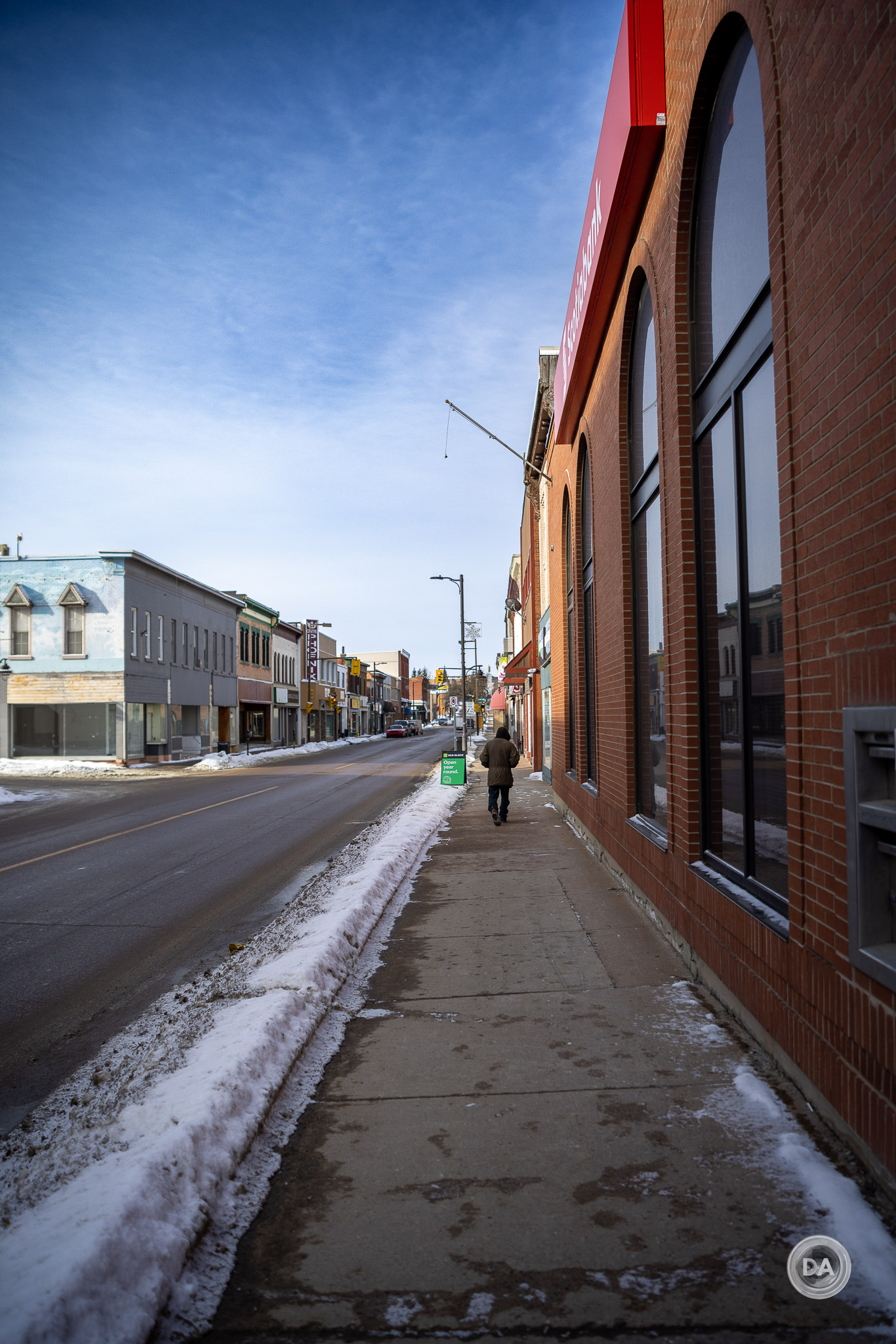

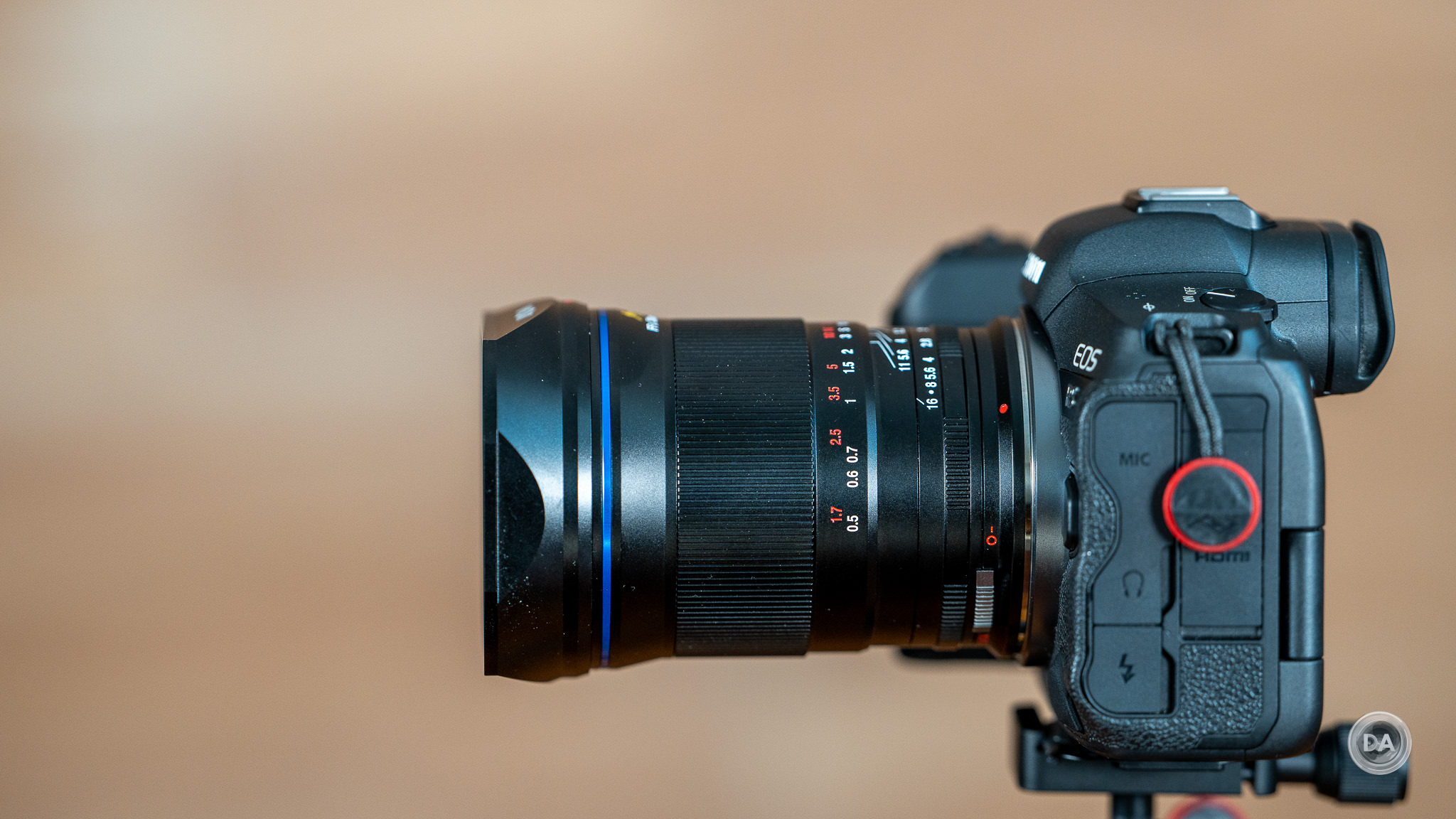
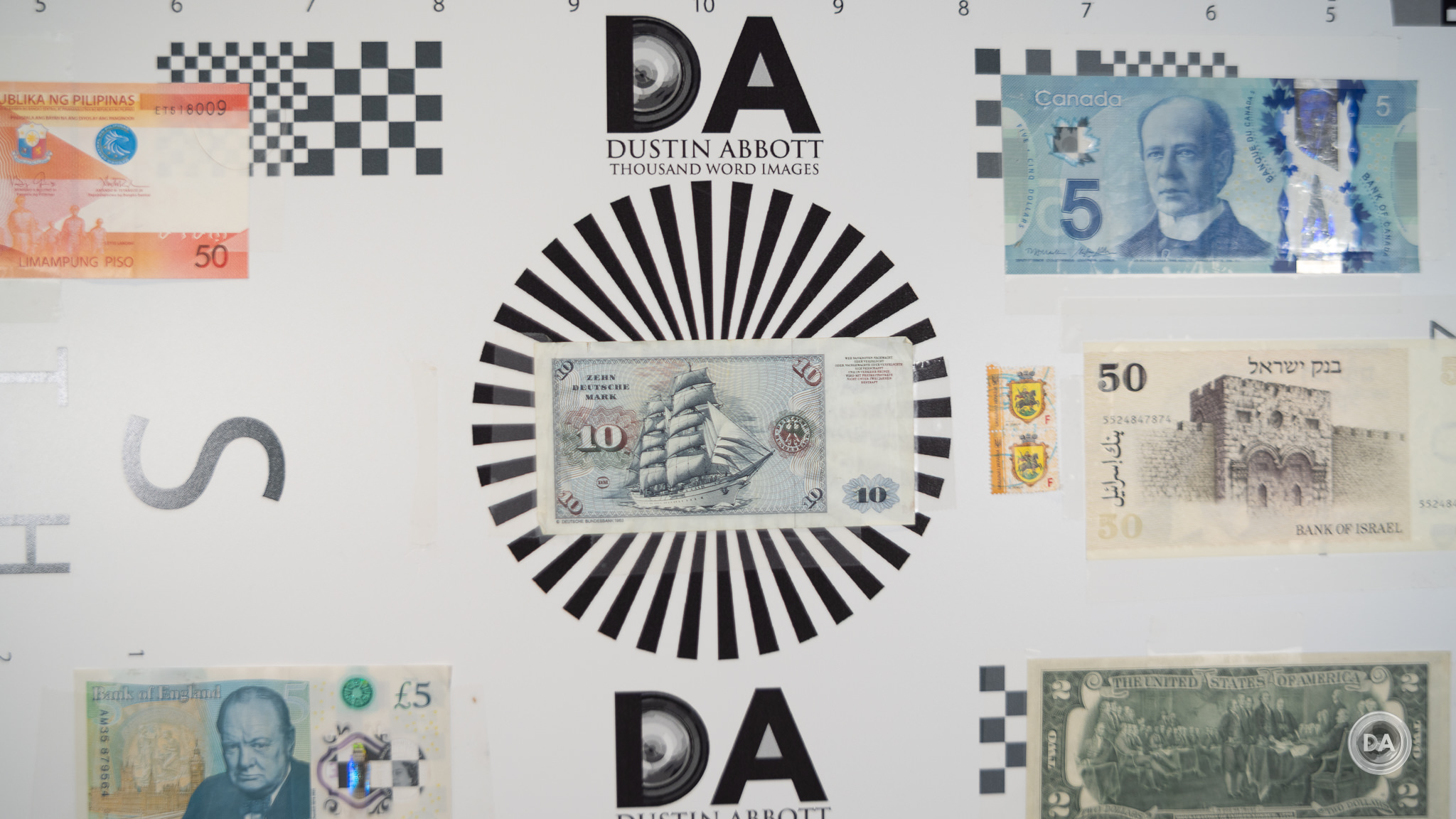
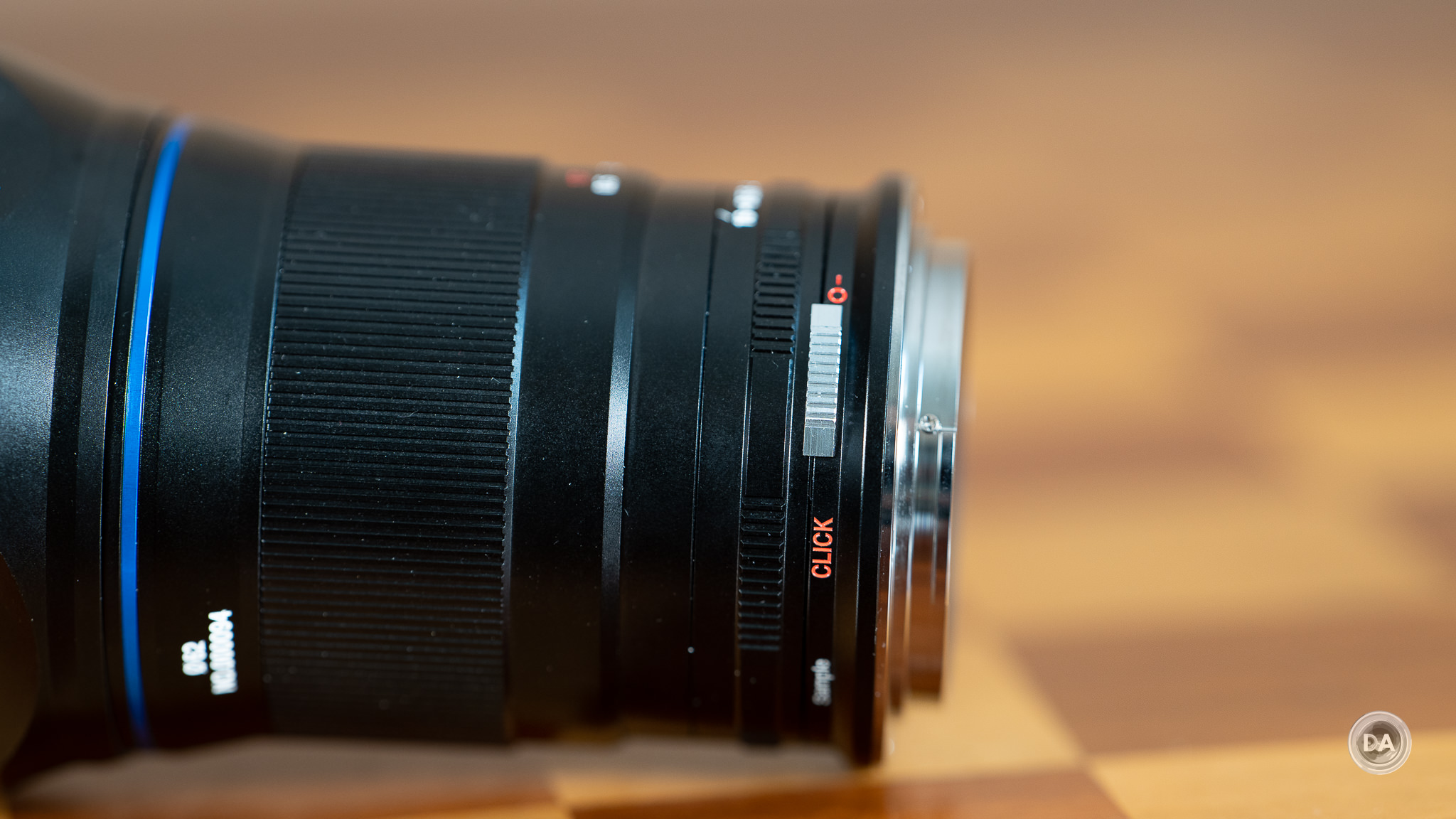


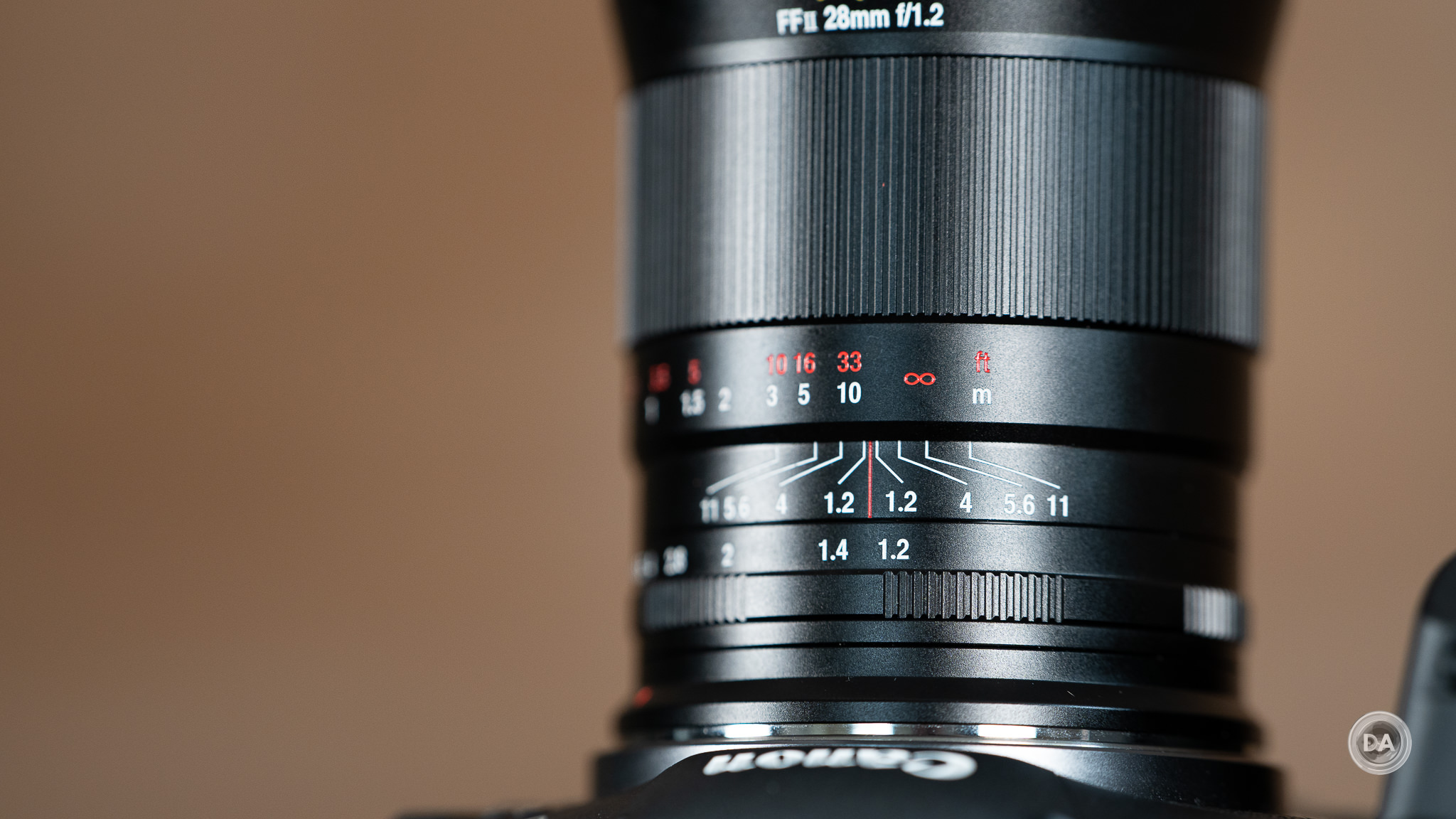
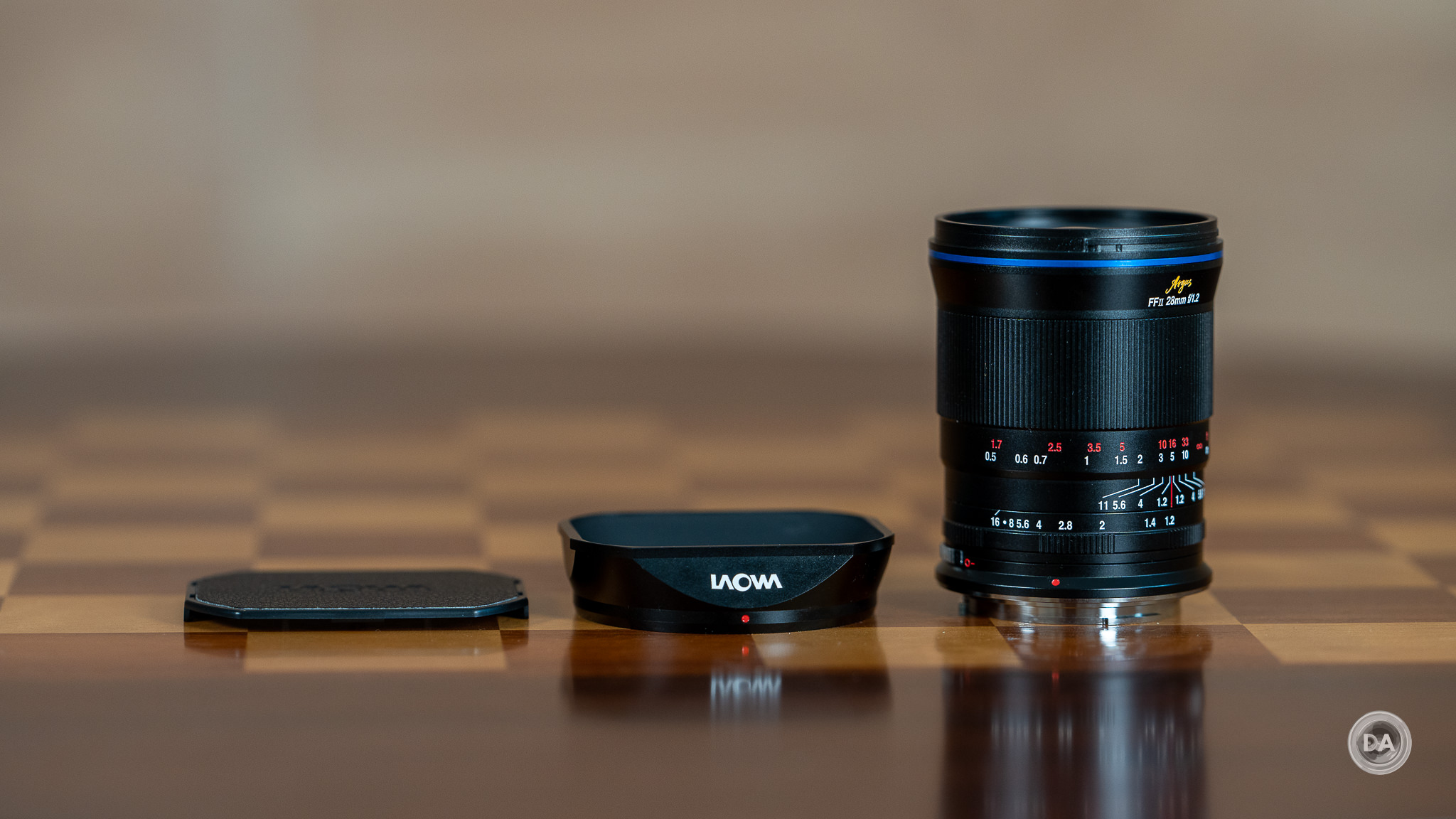
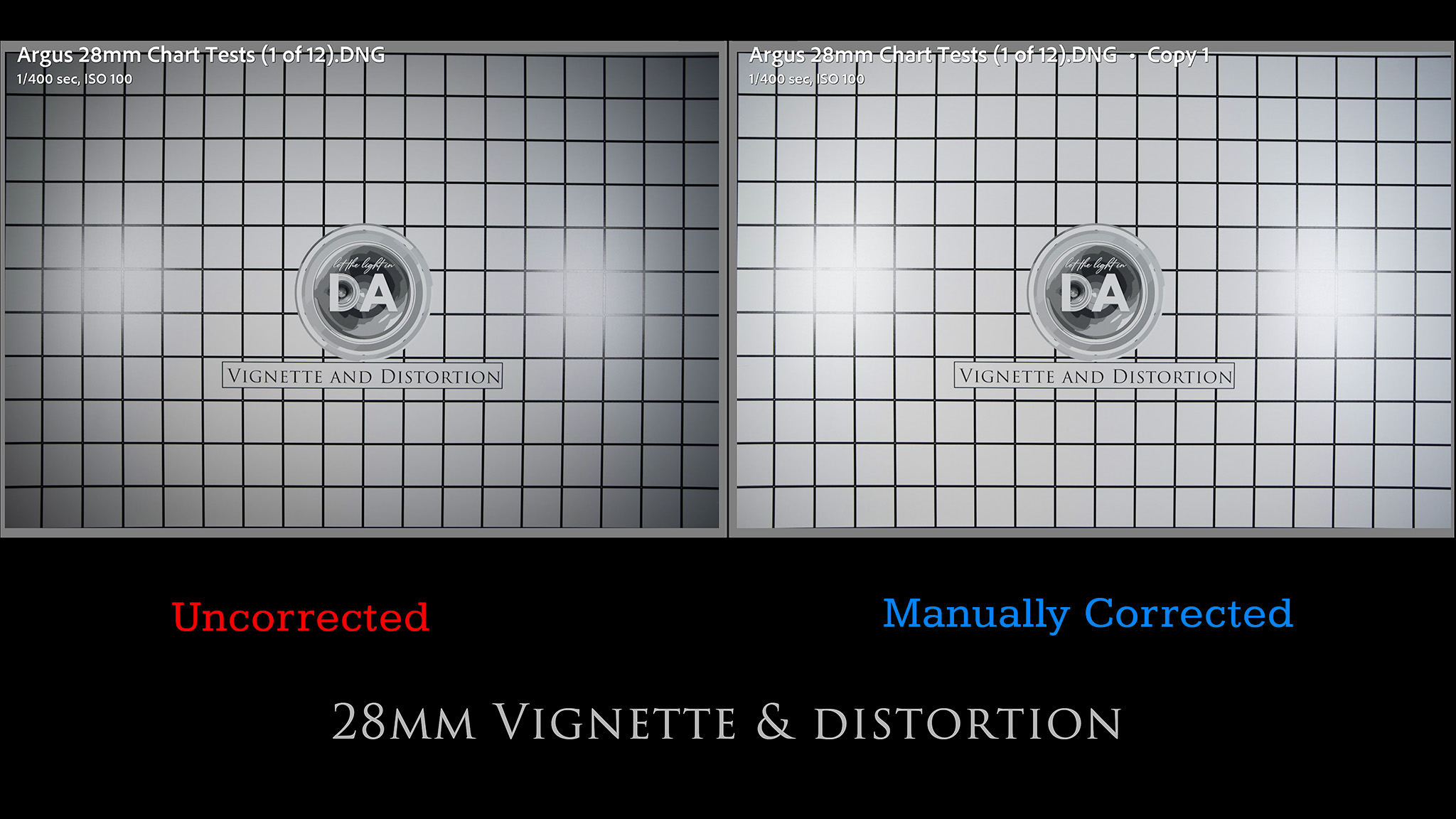


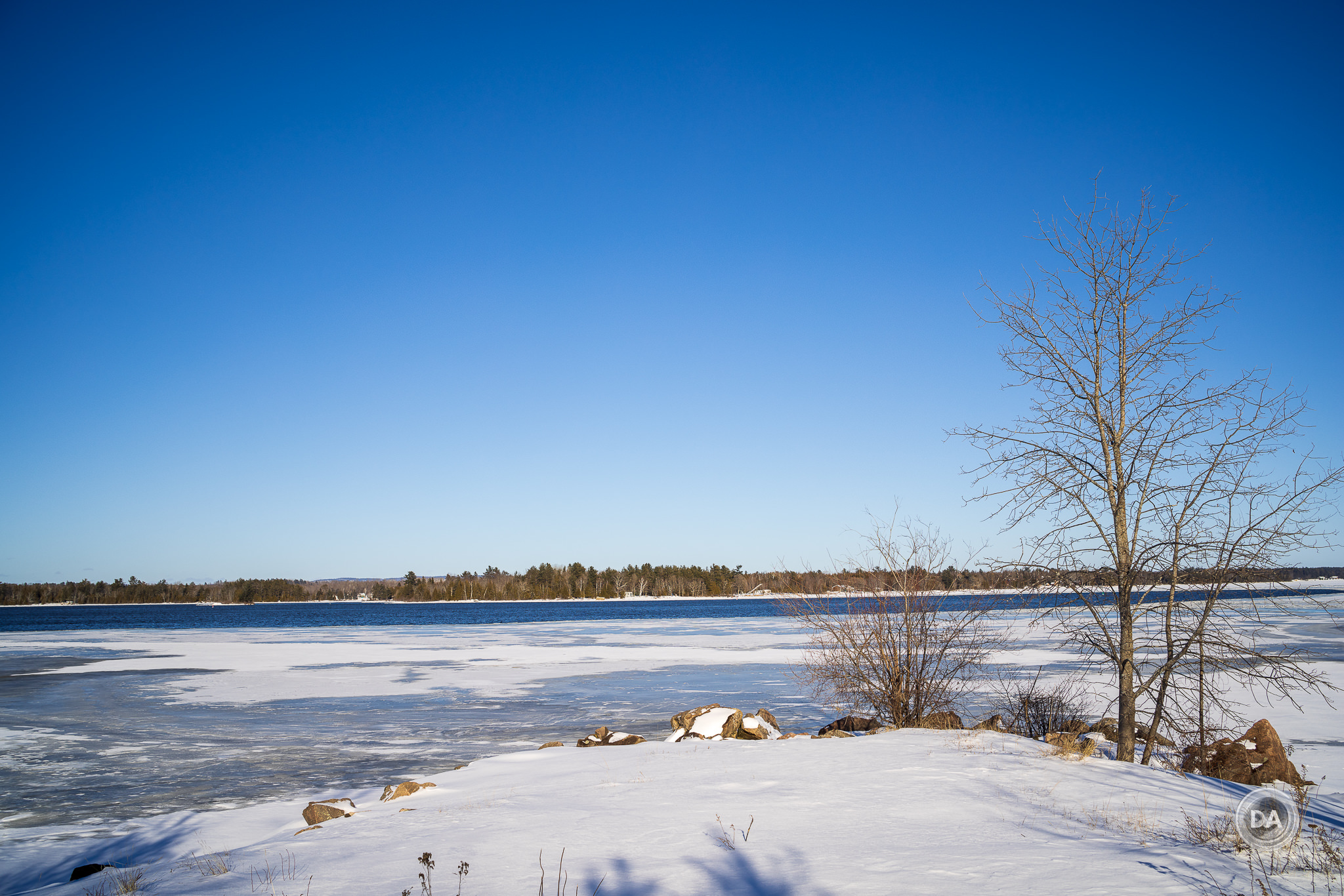

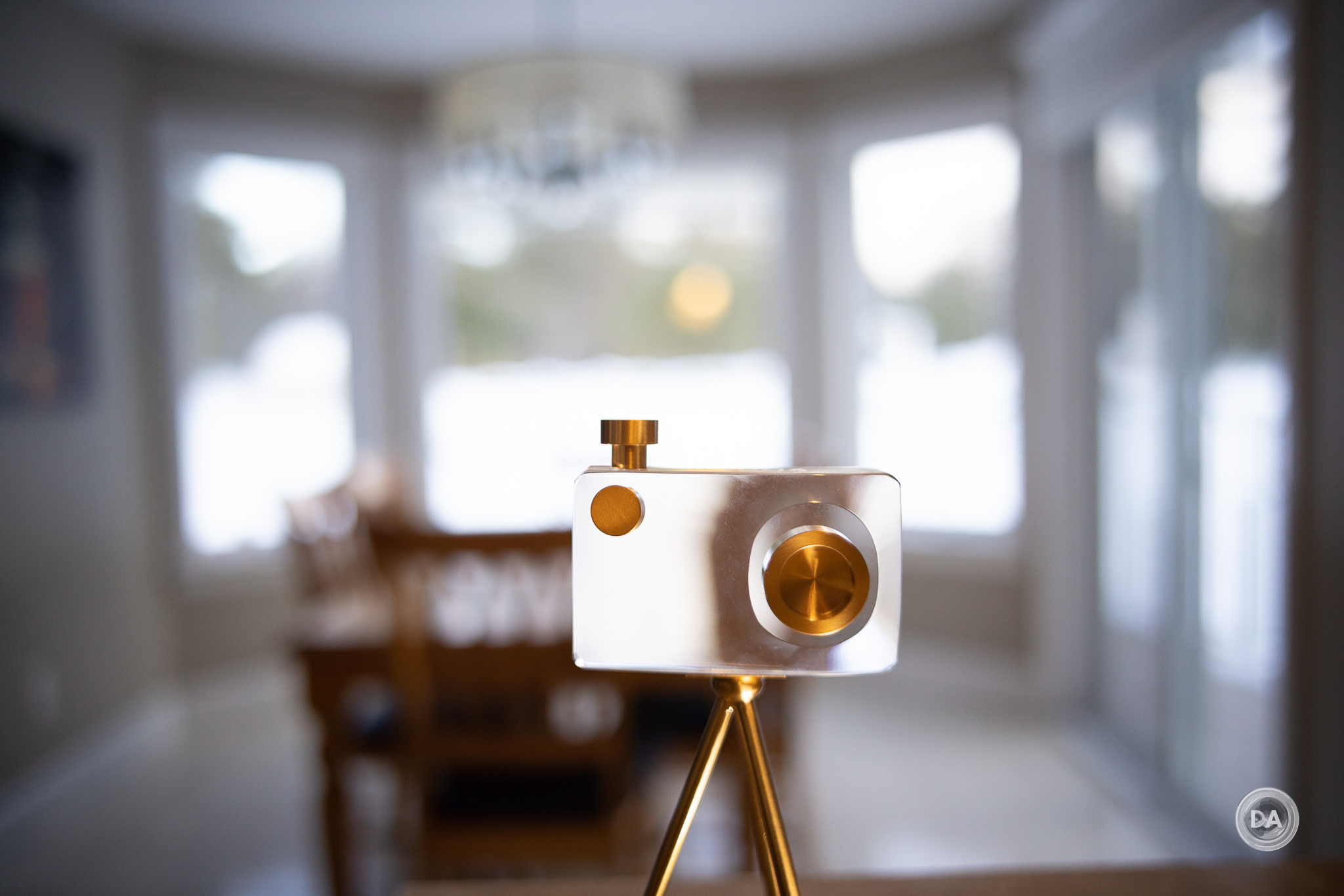

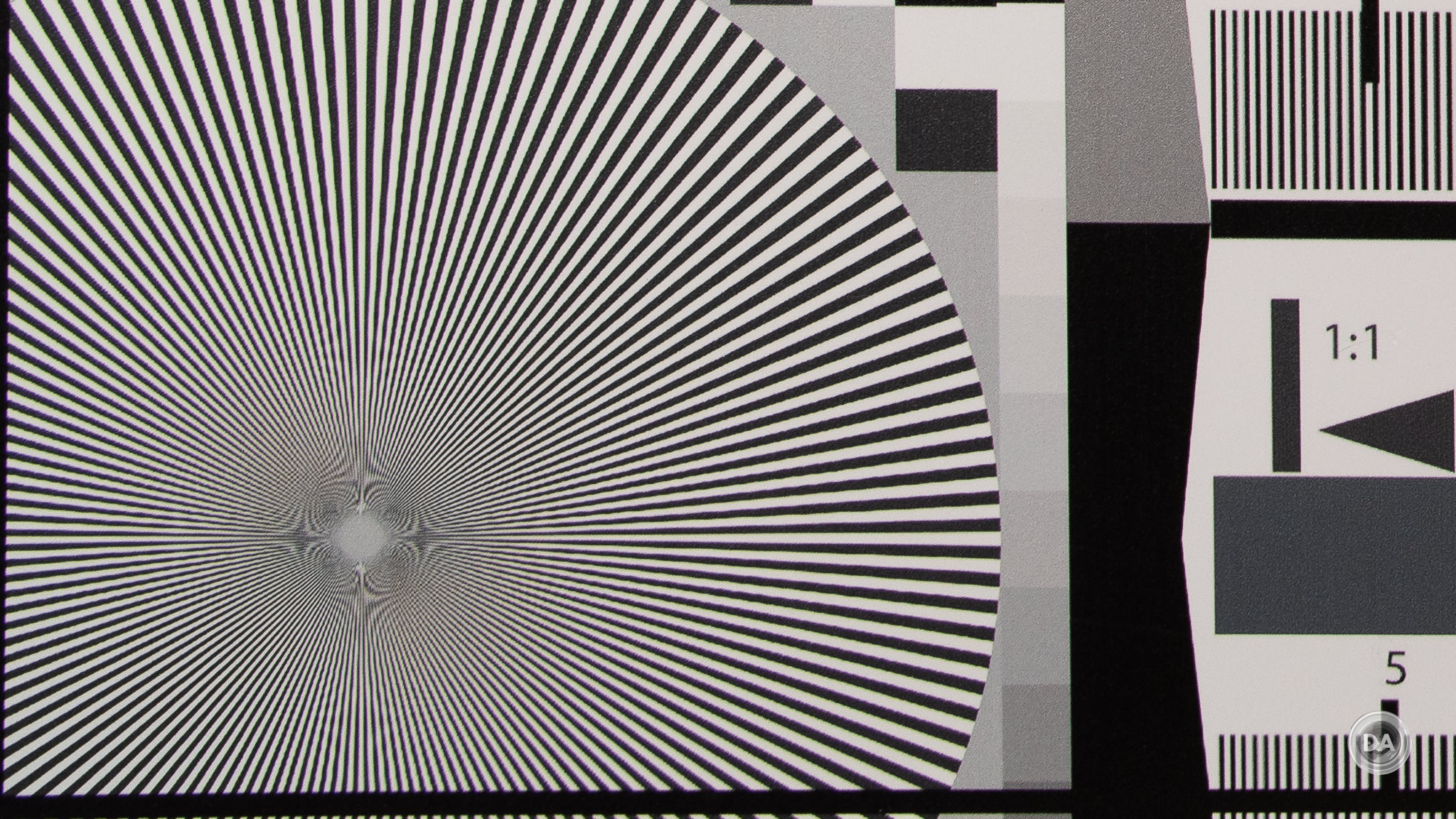
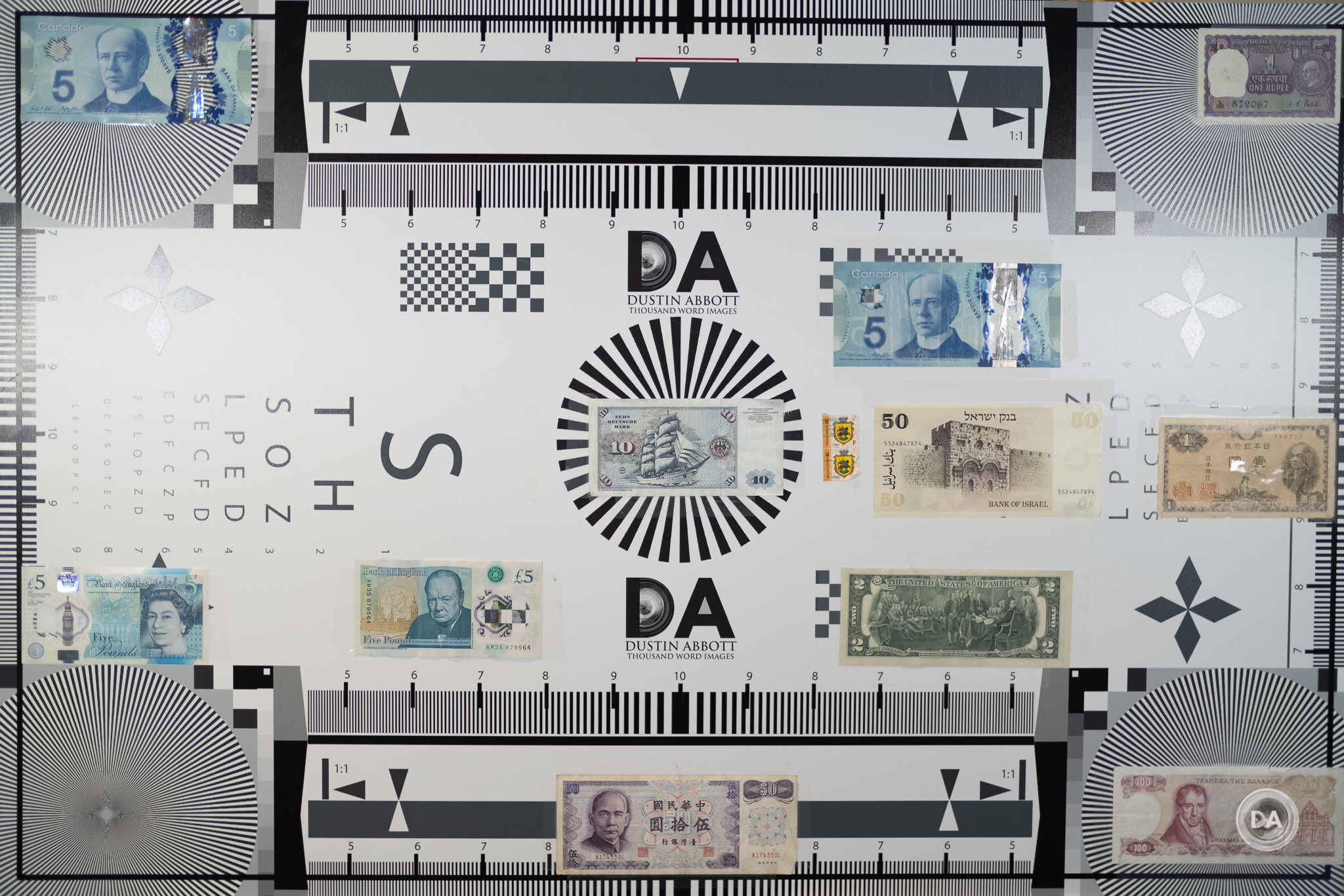
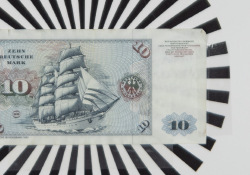


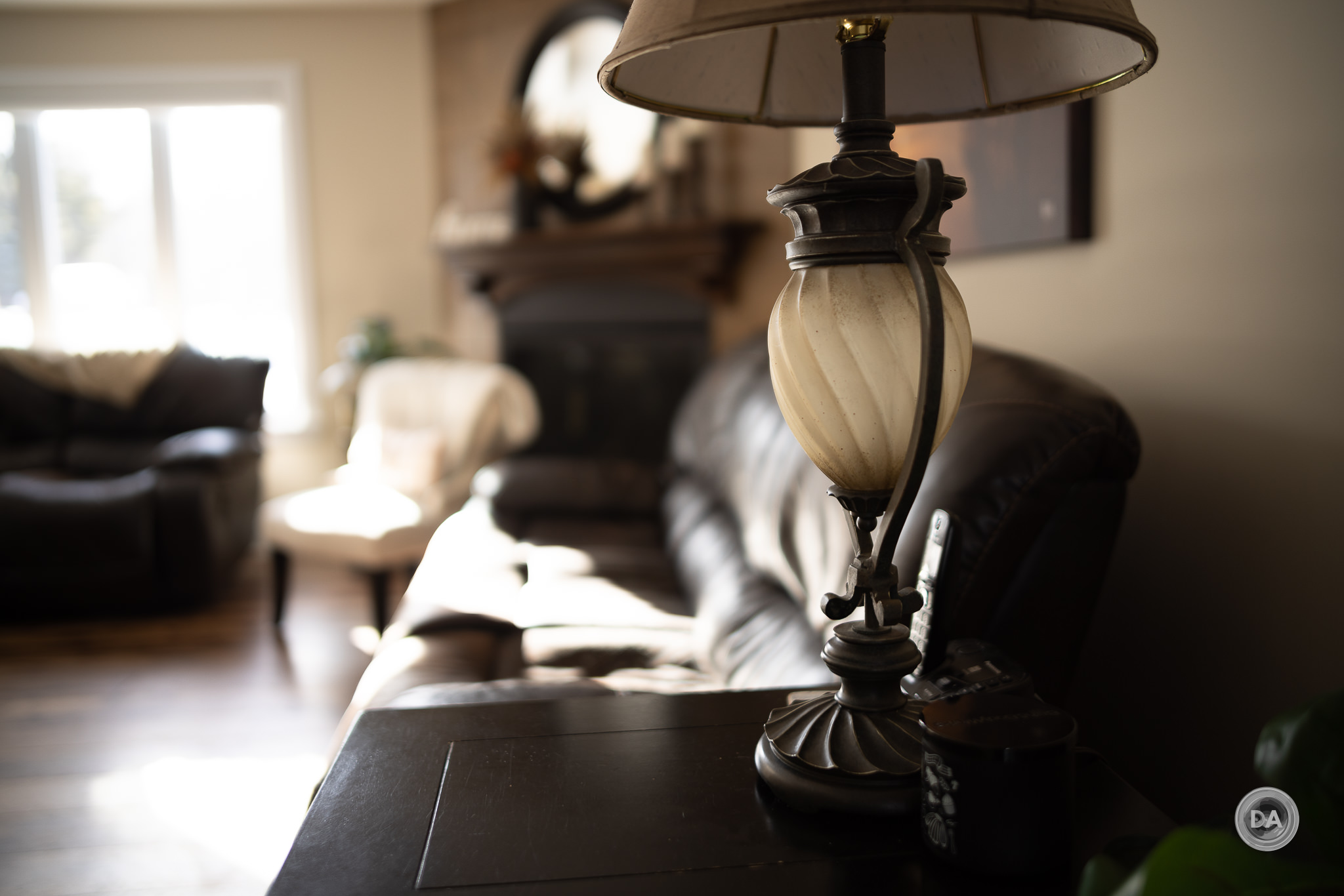
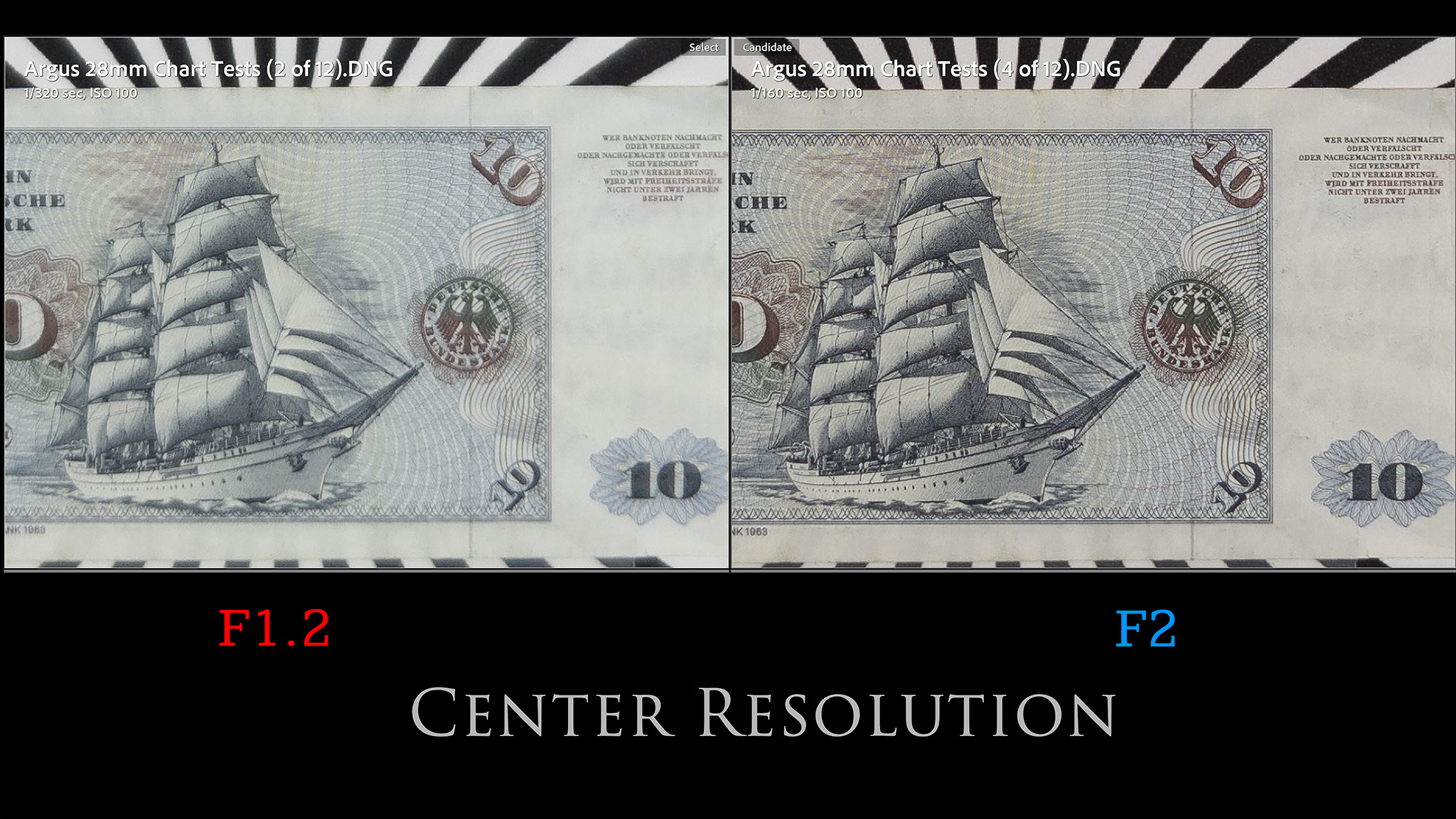
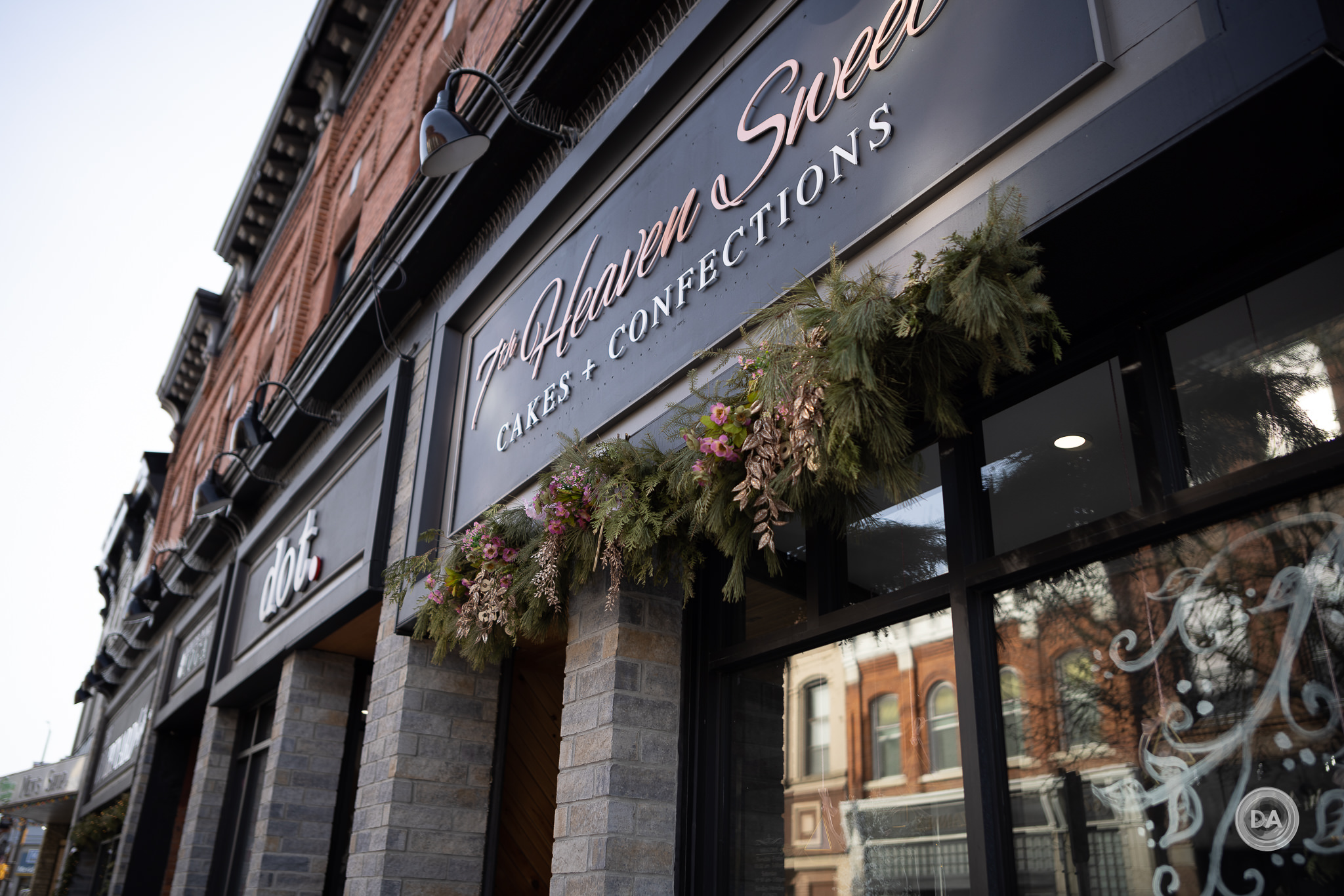
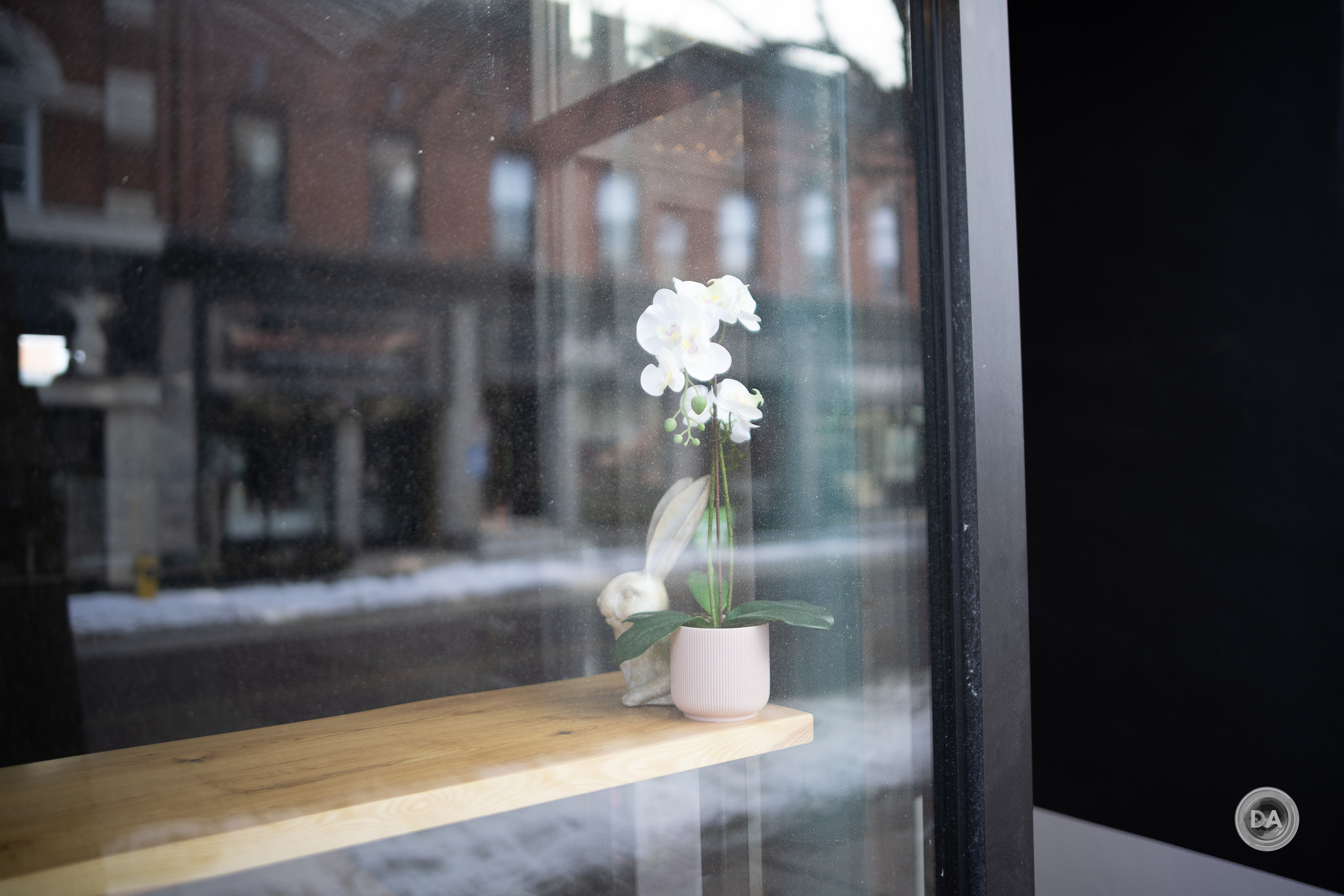
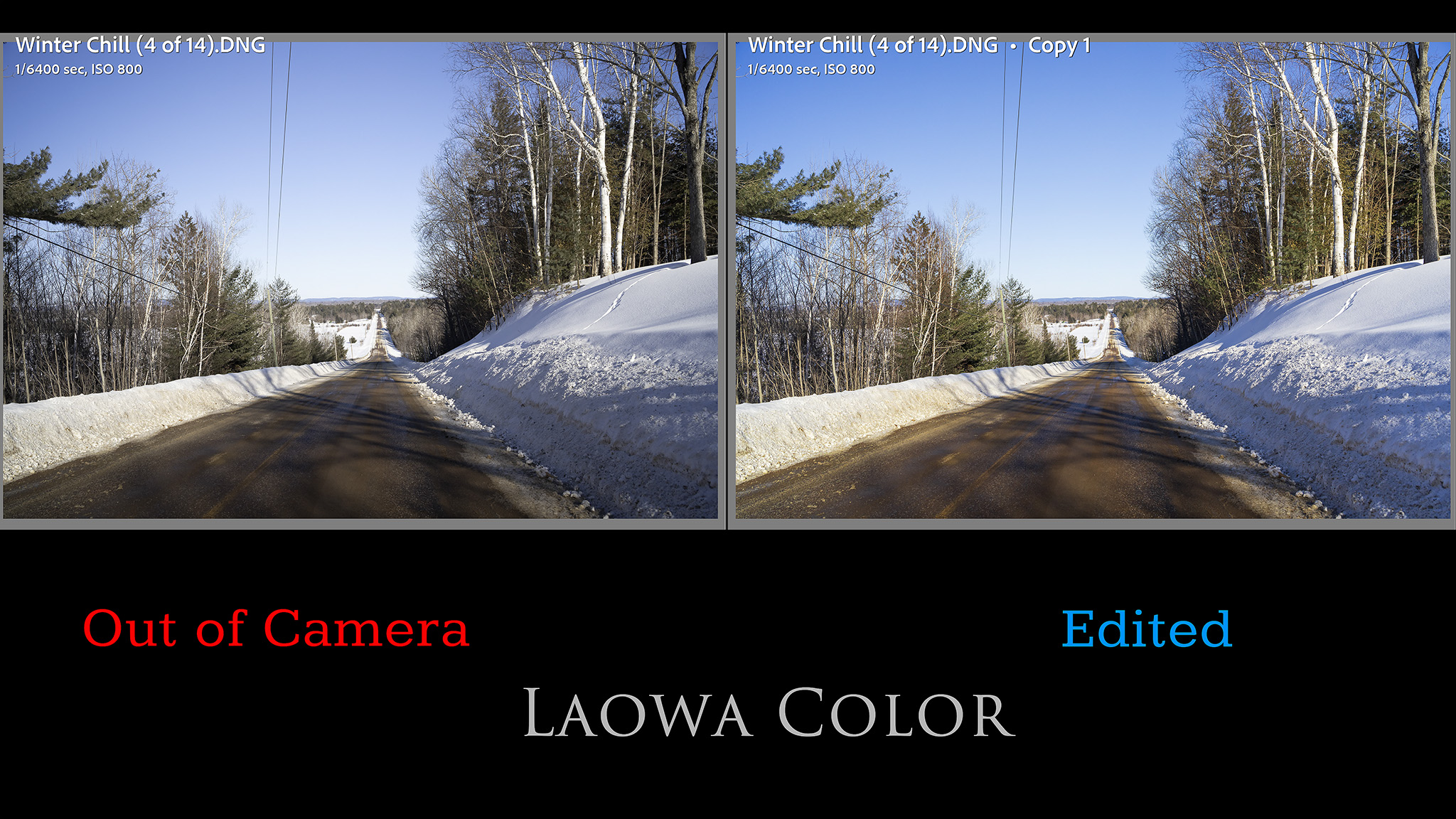
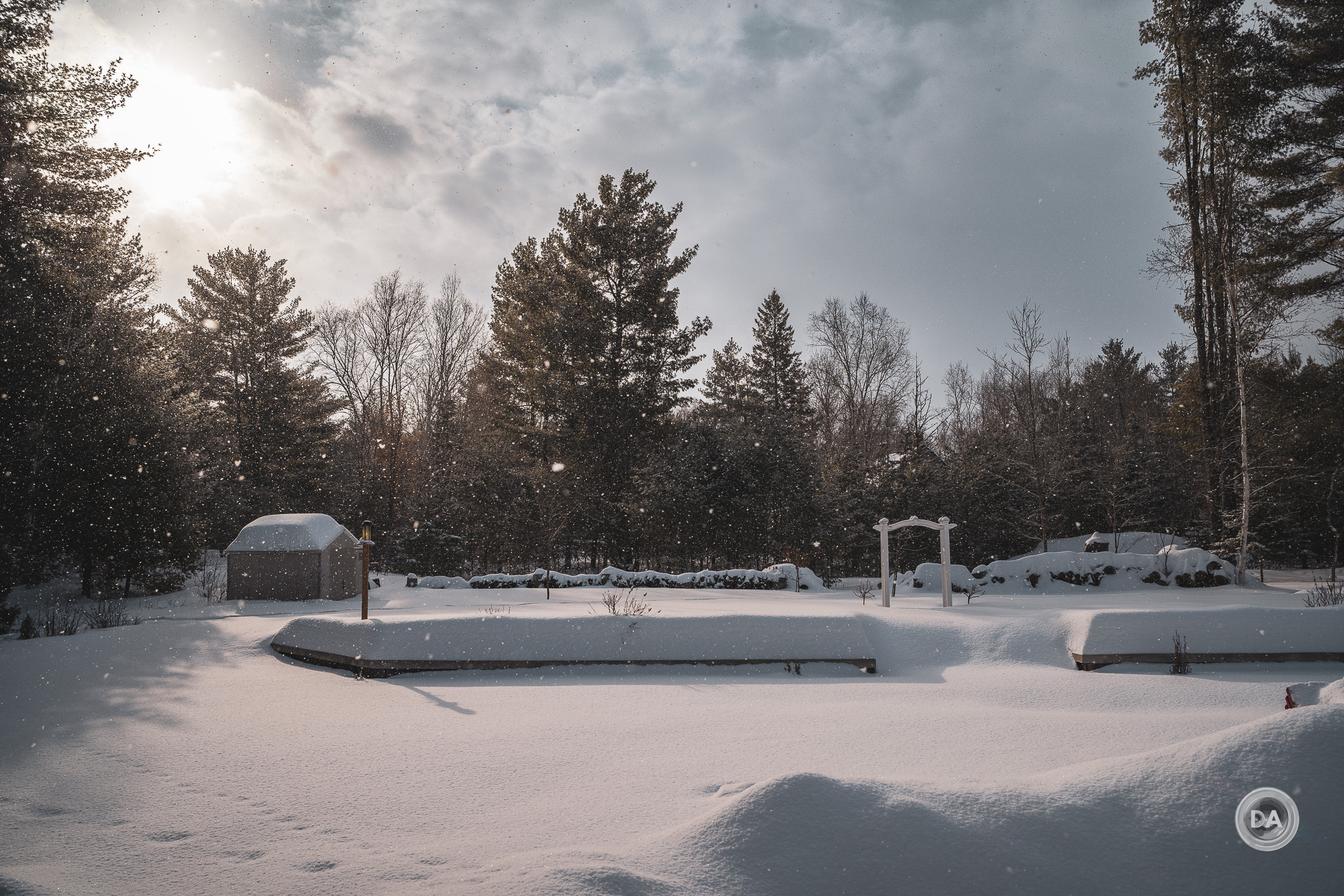
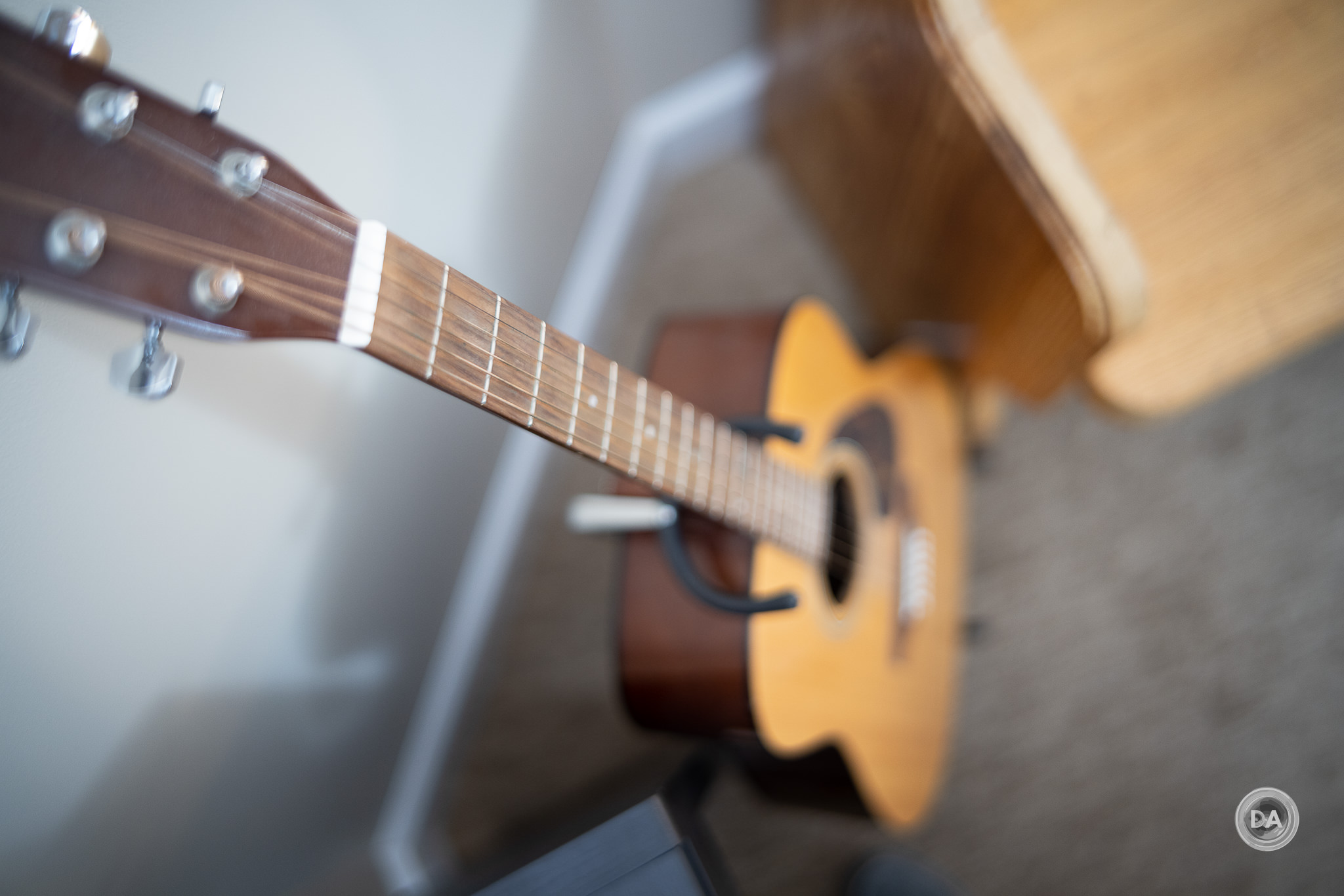
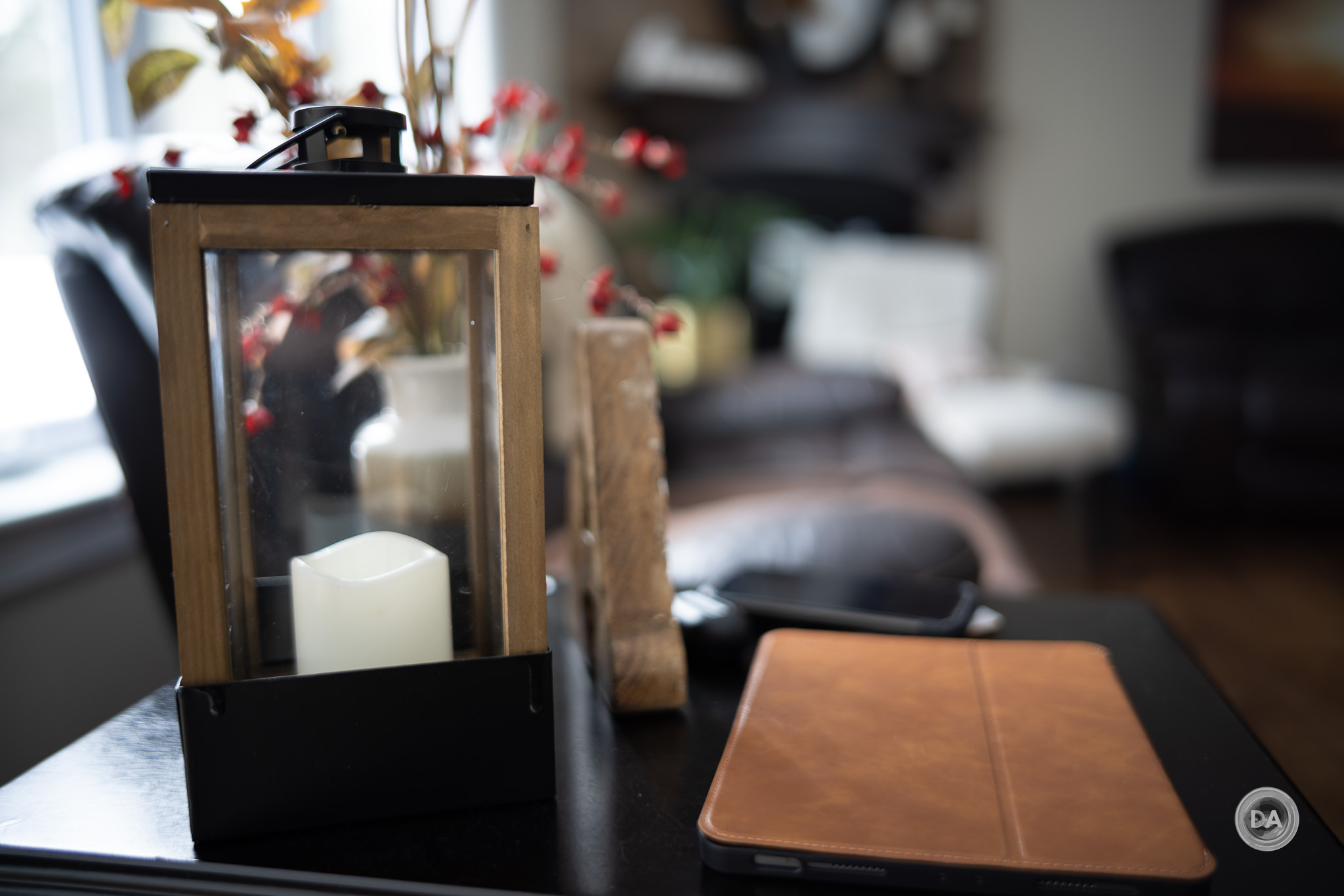

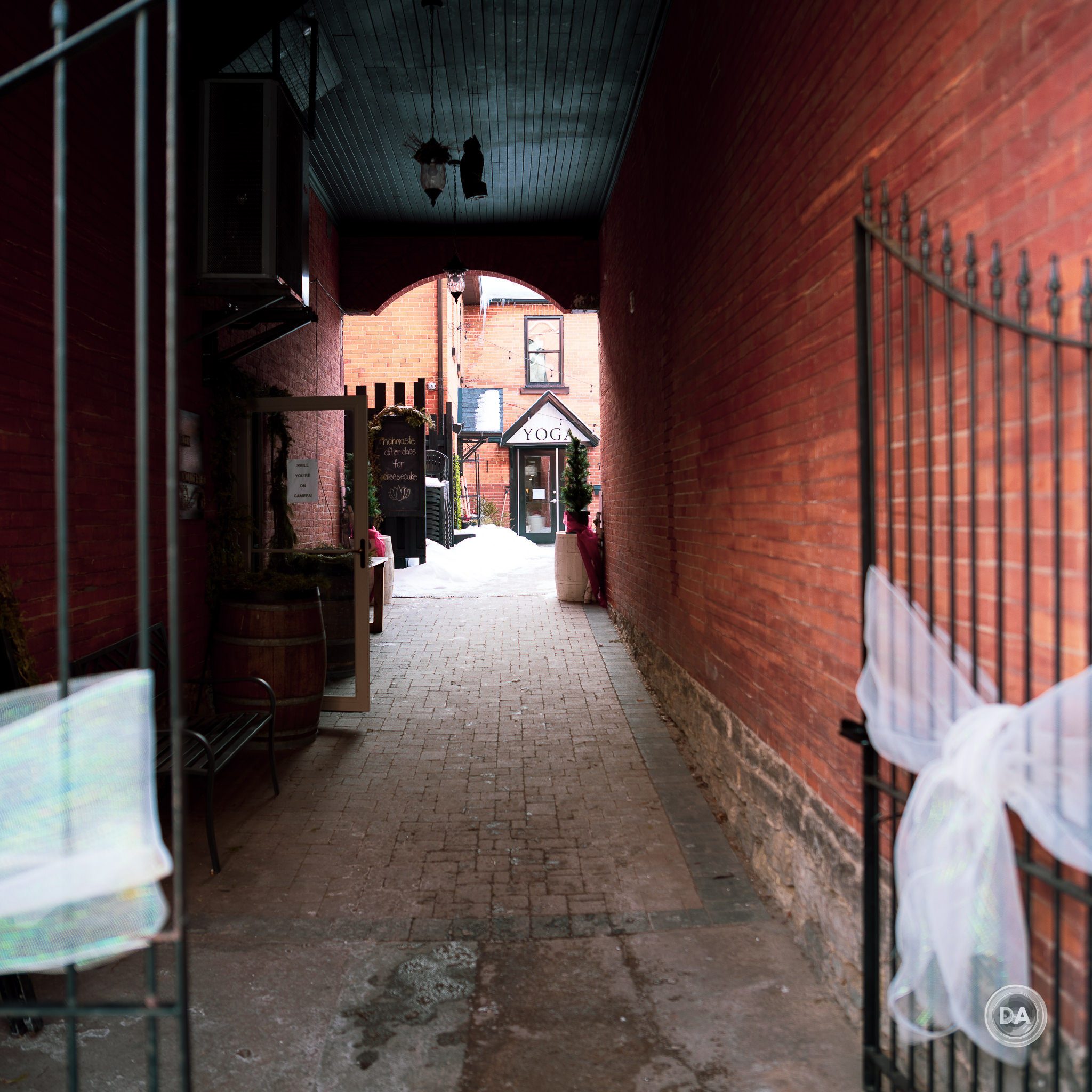
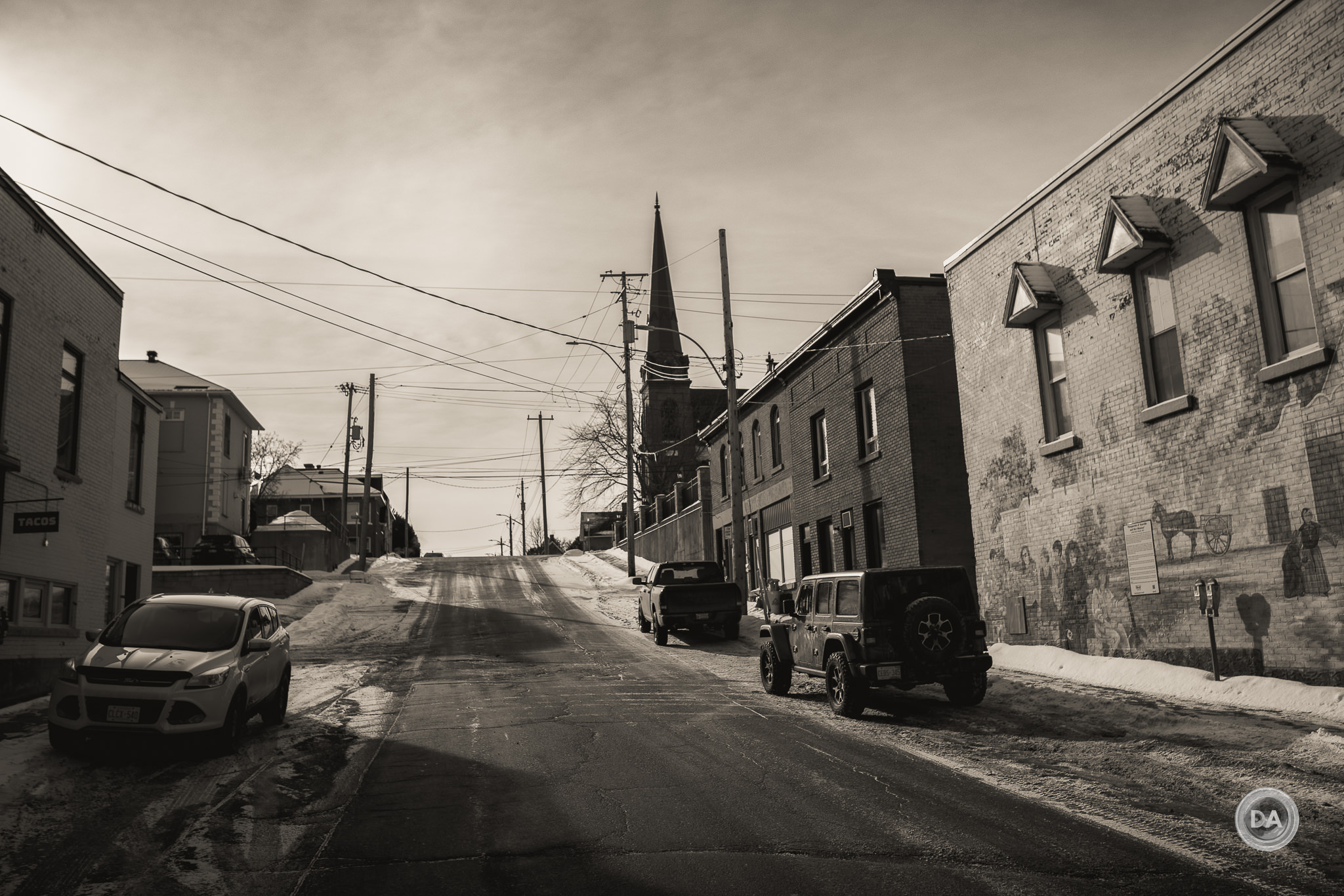
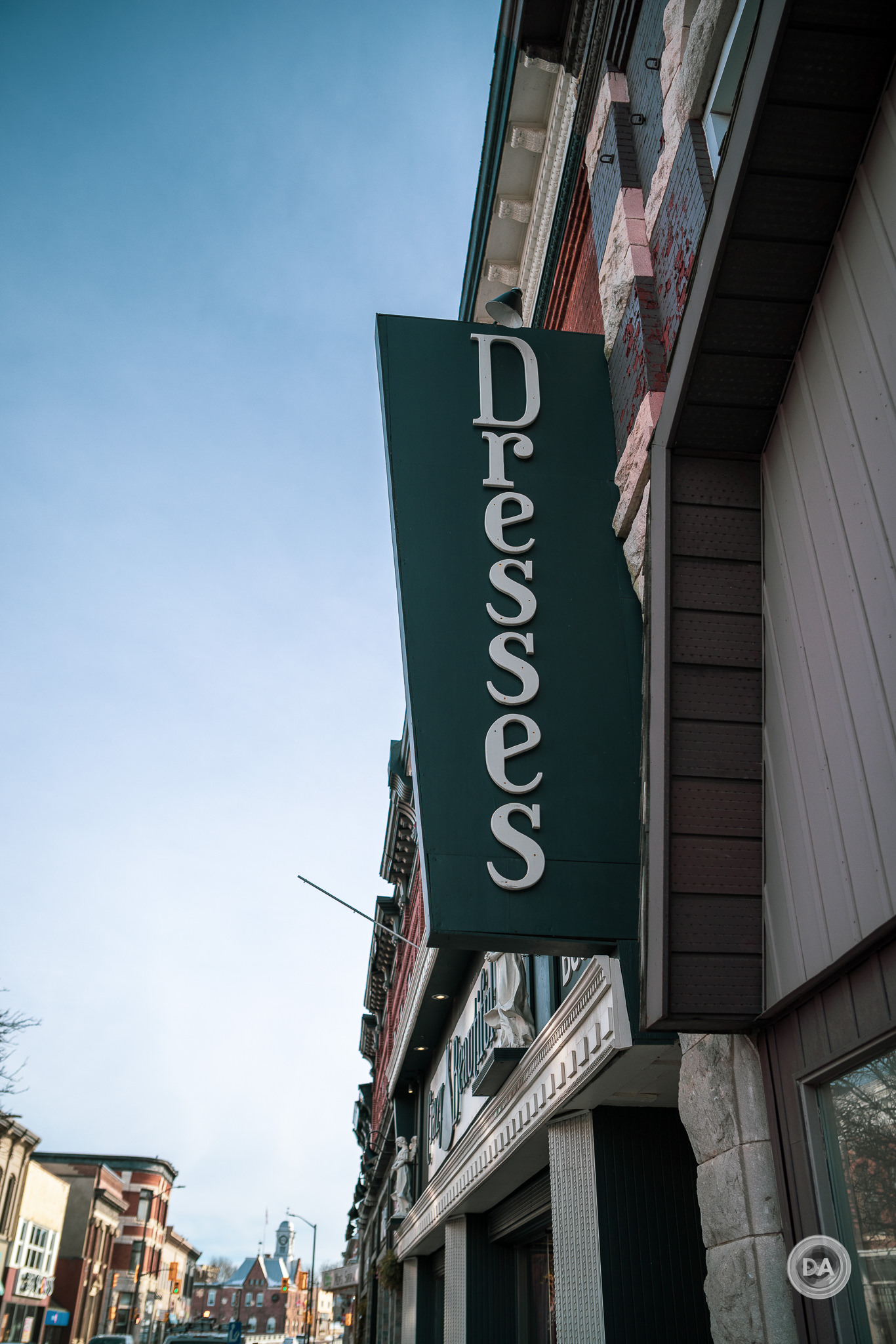
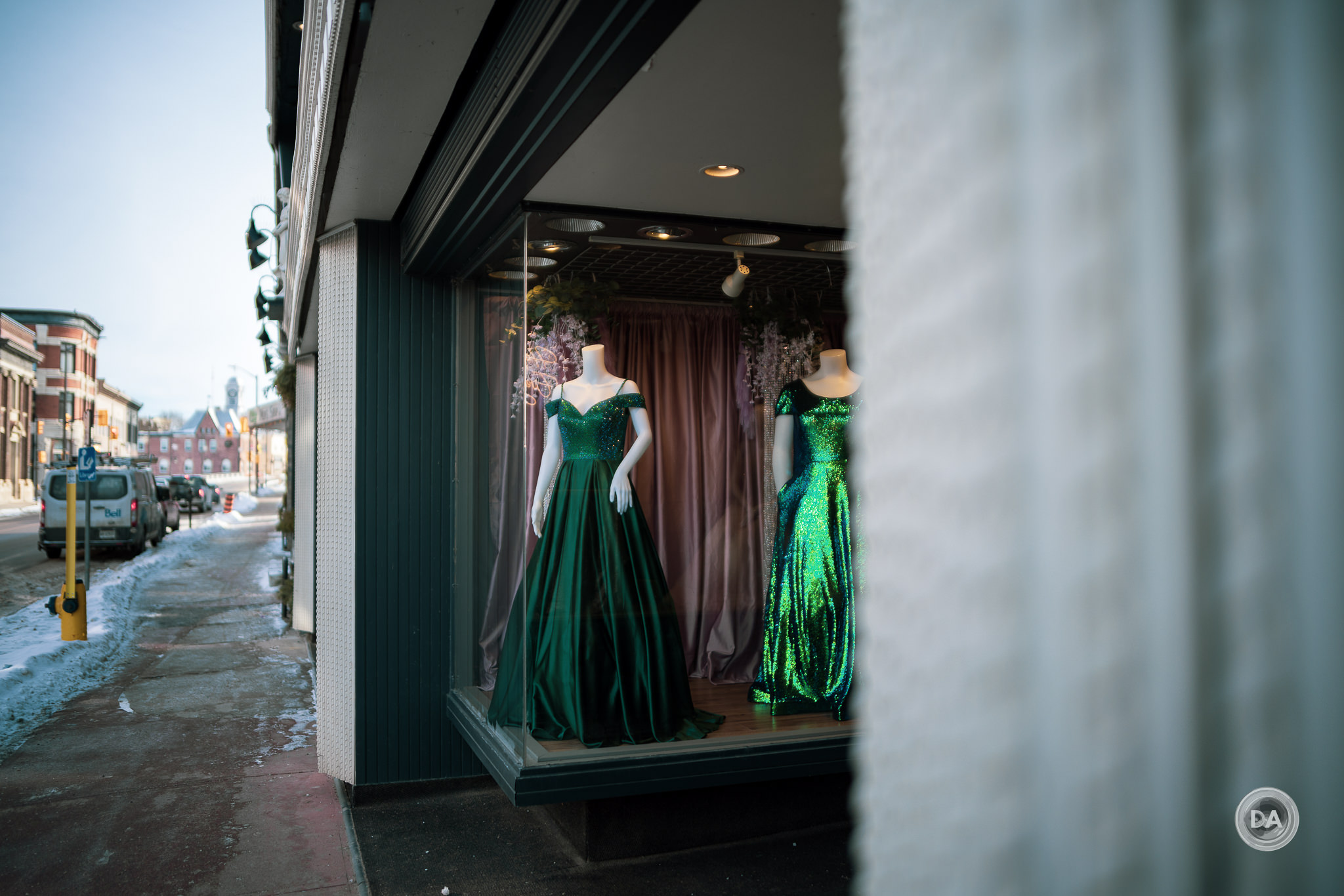





 Sirui Sniper 75mm F1.2 Review
Sirui Sniper 75mm F1.2 Review  Sirui Sniper 75mm F1.2 Gallery
Sirui Sniper 75mm F1.2 Gallery  Tamron 70-300mm F4.5-6.3 RXD Z-mount Review
Tamron 70-300mm F4.5-6.3 RXD Z-mount Review  Nikkor Z 40mm F2 Review
Nikkor Z 40mm F2 Review 





